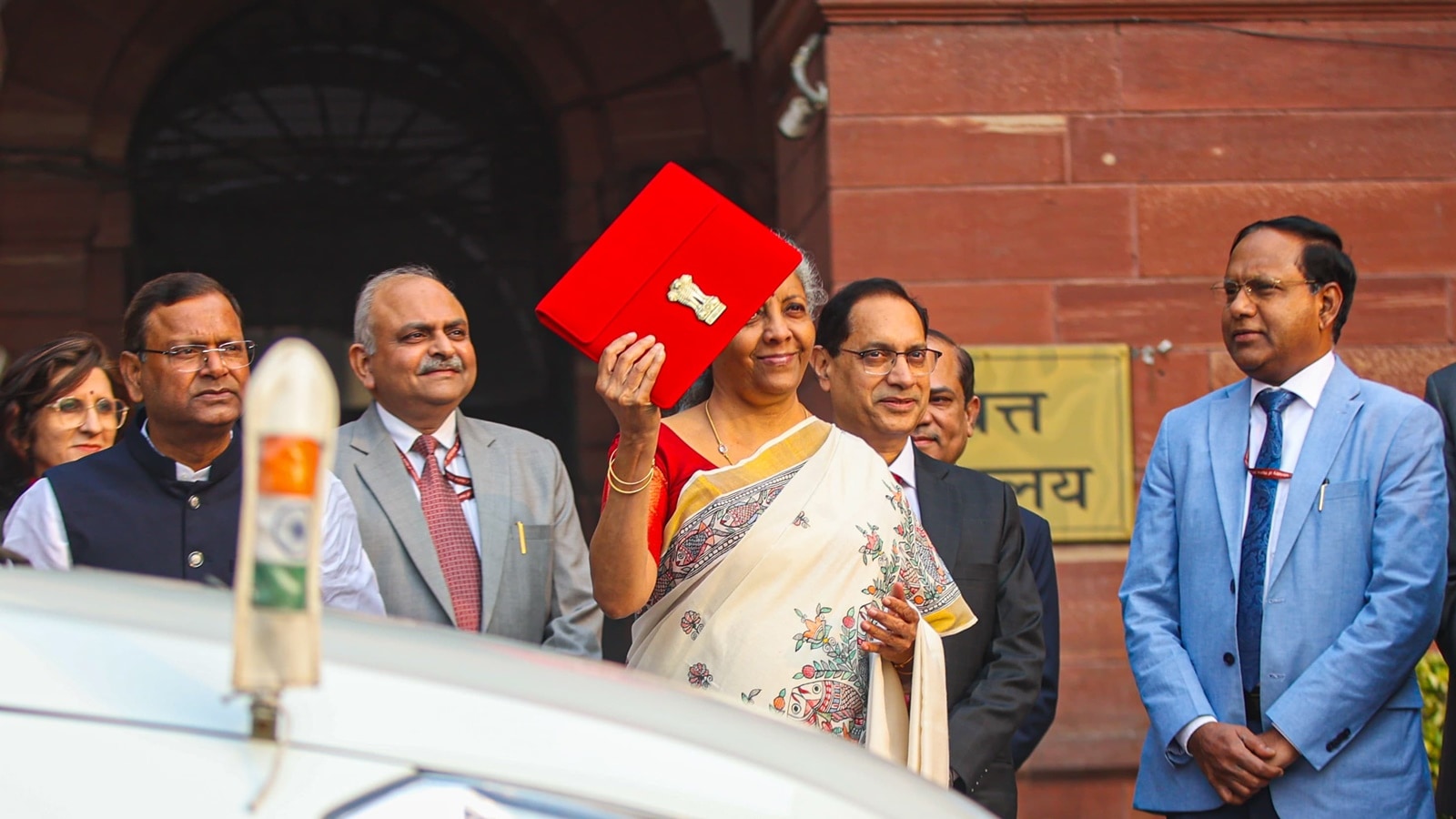The Union Budget 2025-2026 made several significant announcements related to nuclear energy that could revolutionise the sector in India. The intention to have 100 GW of nuclear energy by 2047 is an audacious but timely move. However, much of that would depend on how efficiently these announcements are operationalised.
Story continues below this ad
India’s installed nuclear capacity in 2024 was 8,180 MW, with an additional 15,300 MW under construction. However, projections indicate that the total nuclear power capacity will reach only 23,480 MW by 2032. To achieve the ambitious target of 100 GW by 2047, India would need to construct over 100 indigenous 700 MW reactors within the next two decades. This poses significant economic and logistical challenges, necessitating innovative and creative solutions to enhance the feasibility of these plans.
To achieve the 100 GW target, India should prioritise increasing the availability of higher-capacity reactors. This can be done by expediting research to upscale the current 700 MW reactor design to 900 MW and standardising designs for economies of scale. India should also welcome foreign companies that offer higher-capacity reactors. Currently, the Kudankulam plant runs on 1000 MW Russian reactors, but plans for French EPR (1650 MW) and American AP1000 (1000 MW) reactors have stalled primarily due to concerns regarding nuclear liability law. Amending this law, as announced in the budget, would help inspire confidence in foreign players to supply reactors to Indian nuclear plants.
Currently, the state-owned Nuclear Power Corporation of India Limited (NPCIL) is the sole agency building nuclear reactors in India. Although the government last year allowed NPCIL to partner with other state-owned firms to construct nuclear plants, the private sector must be brought in to foster competition and increase available funding. Private companies in India have experience in the atomic energy sector, having contributed to constructing many of India’s operational nuclear power plants as contractors and sub-contractors.
Story continues below this ad
Private industry involvement is also essential to increase available funding for nuclear projects, which currently rely on government loans and grants. As per estimates, the ongoing construction of 10 IPHWR-700 reactors in fleet mode is around Rs 1.05 lakh crore. Despite economies of scale, building reactors to produce an additional 75 GW of nuclear energy would be over Rs 35 lakh crore over the next 20 years. Relying primarily on budgetary support from the government risks being subject to potential delays. Therefore, private sector participation would allow for more efficient resource allocation and accelerate nuclear plant construction. Spillover effects would also include growth and innovation in the domestic manufacturing ecosystem, especially startups and MSMEs. The budget announcement to amend the Atomic Energy Act to facilitate private sector participation is a much-needed prerequisite.
However, Indian nuclear power plants have been experiencing significant delays due to issues with land acquisition, regulatory delays, and extended construction timelines. These issues must be addressed on time to reduce costs.
Apart from traditional nuclear reactors, the Indian government is also focusing on Small Modular Reactors (SMRs). In the recent budget announcement, India has committed to funding a Rs 20,000 crore ($2.6 Billion) R&D programme for SMRs with a clear target to operationalise at least five indigenously developed SMRs by 2033. It is an ambitious but achievable deadline, given that India is developing its own SMR, the Bharat Small Reactor (BSR). Instead of developing a new design, the BSR is based on BARC’s 220 MW IPHWR nuclear reactor. The Indian private sector is already partnering with the government on this initiative, and there’s potential to cooperate with the US, France, South Korea, and Russia as well.
However, SMRs are not expected to contribute significantly to the 100 GW target due to their small nameplate capacity (<300 MW). They are most ideal as captive power generators for energy-intensive industries (cement, steel, data centres, etc). SMRs can also replace decommissioned thermal power plants, helping India achieve its net-zero target. Therefore, higher-capacity reactors, and not SMRs are expected to contribute significantly to the 100 GW target.
most read
Substantial capital investments are required to achieve the 100 GW nuclear energy goal. This necessitates a clear roadmap and a firm commitment from the government to instill confidence in companies to plan future investments. Additionally, reforming India’s nuclear energy regulatory framework is essential to accommodate the anticipated growth in nuclear reactor capacity and increased private sector participation. The earlier concerns about uranium supply have also been effectively addressed through the 2008 NSG exemption, which now permits India to engage in global nuclear commerce freely.
After many false starts over the last two decades, India has a unique opportunity to capitalise on nuclear energy for its developmental needs. Ensuring that Parliament passes the amendments to the Atomic Energy Act and nuclear liability law at the earliest would be a great start.
The writer is a researcher associated with the Takshashila Institution, a policy think tank based in Bengaluru


